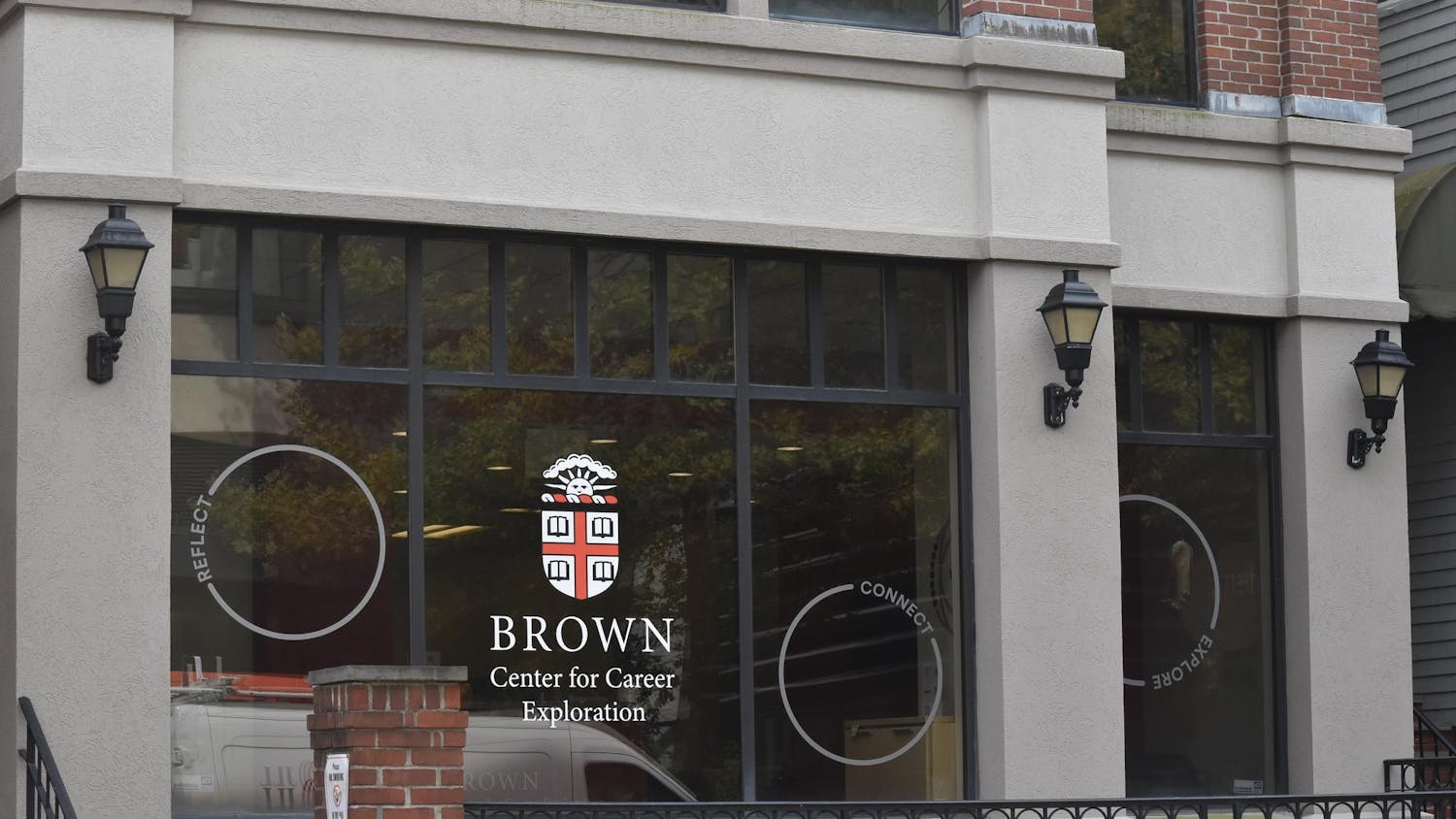Due to the 51.5% returns on Brown’s endowment in fiscal year 2021, Brown now has joined a handful of universities that pay taxes on their endowments, according to Bloomberg.
With its recent growth, Brown joins universities such as Harvard, Princeton, Yale and Stanford in qualifying for paying taxes on its endowment. The endowment tax, the specifics of which were finalized in 2020, was created under Section 4968 of the Tax Cuts and Jobs Act passed in December 2017.
The legislation “imposes a 1.4% tax on net investment income at private colleges and universities with at least 500 tuition-paying students and assets of $500,000 per student,” according to a statement on behalf of the National Association of College and University Business Officers, an organization advocating for the financial interests of higher education institutions, provided to The Herald by Ken Redd, senior director for research and policy analysis at NACUBO.
In October, The Herald reported that the University endowment grew to $6.9 billion — increasing $2.4 billion from investment gains and $120 million from donations.
“With the exceptional performance of the endowment by the close of FY2021, Brown moved above the threshold for the excise tax for the first time,” University Spokesperson Brian Clark wrote in an email to The Herald. “Based on year-end FY21 numbers, we stood at approximately $796,000 in total investments per student.”
The statement from NACUBO said that “the net investment income tax levied on certain private universities is unprecedented in that it taxes charitable resources,” and “it diminishes funds available and intended by donors for financial aid, research, academic support, public service and innovation.”
Brad Gibbs ’93 MA’18, a lecturer in the Department of Economics, said that the endowment is “like the University savings account” and “interest and returns from that account, which are called the draw, fund a proportion of the University’s ongoing budget.”
Gibbs said that the tax most likely won’t impact Brown’s investment decisions in the future.
“The team has very clear views in terms of the way they think about capital allocation — they need to focus on delivering absolute returns,” Gibbs said. “At this juncture, the tax isn’t within their control and it’s not something that they can manage around, so I suspect that it would be steady as they go.”
“The people who manage the endowment are stewards of Brown’s future,” Gibbs said. “They always have to find the right balance between being prudent about the size of the draw and ensuring that the endowment continues to grow in order to serve future generations.”
According to a University press release from October, the increase in the endowment reflects a pattern of growth in recent years. The average annualized returns for the University endowment were 24.1% for the last three years and 12.9% for the last ten.
“It’s really an extraordinary performance that the investment office has been able to generate,” Gibbs said.





